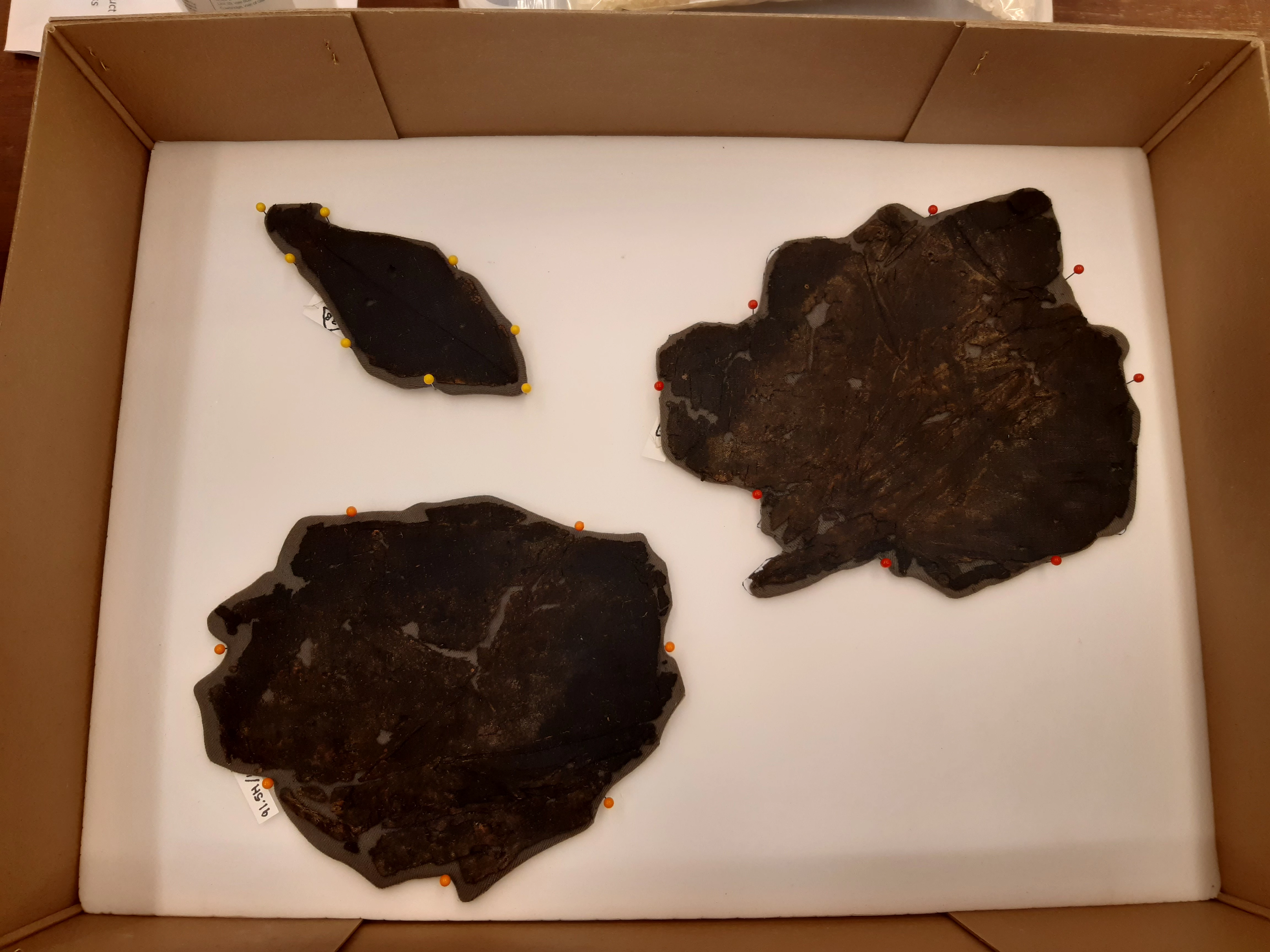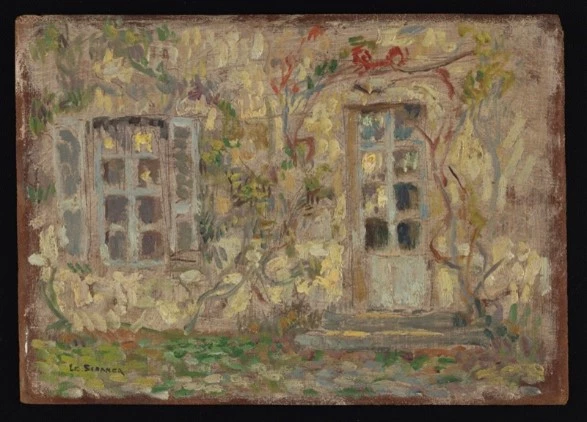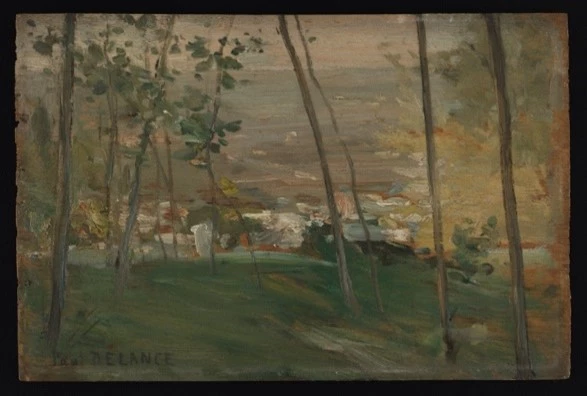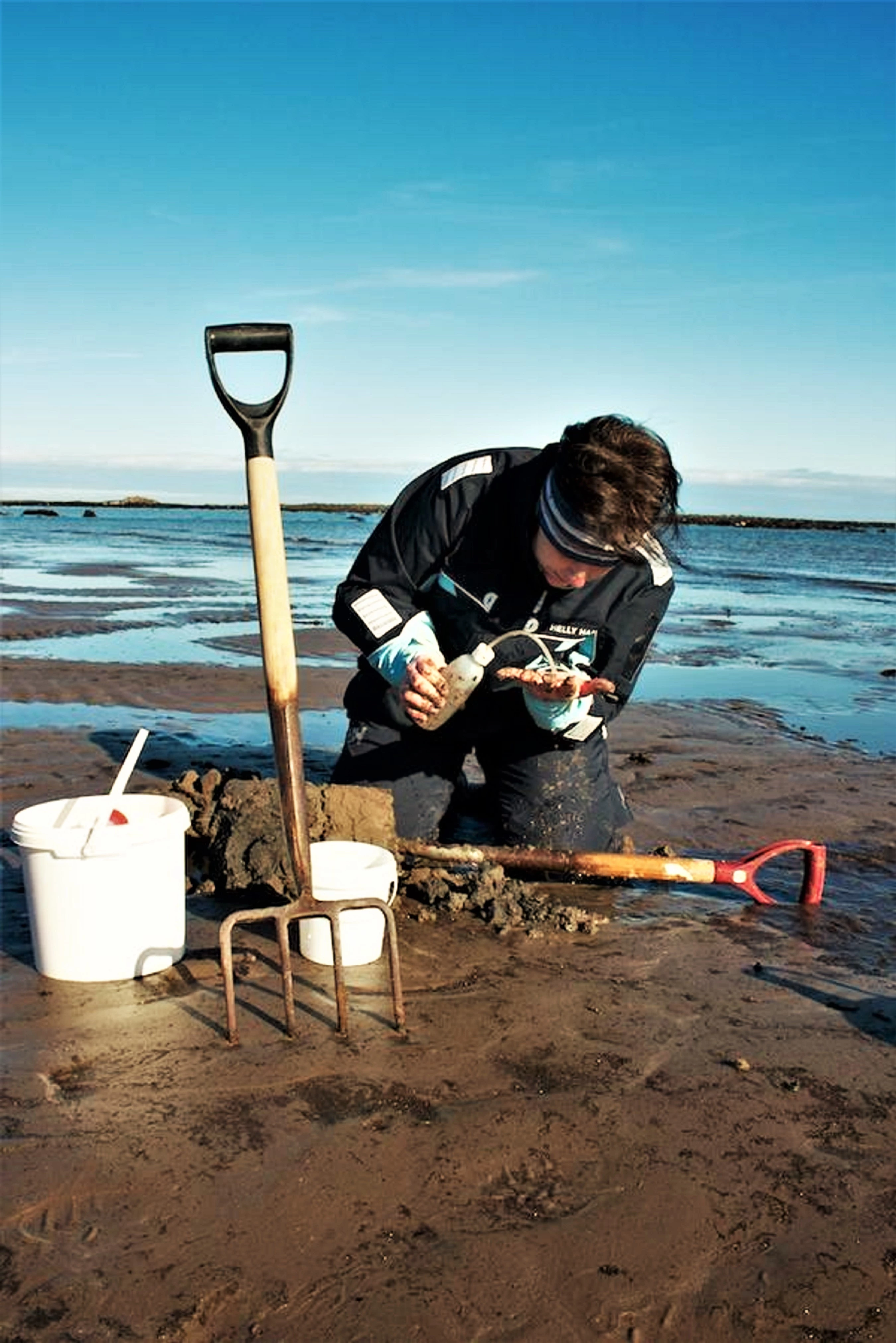LGBT+ History Month 2022
, 1 February 2022
February each year is LGBT+ History Month, with events throughout the month that help to increase the visibility of LGBTQ+ people, their history and lived experiences. Each year there is usually a theme, and this year it is ‘Politics in Art’.
Amgueddfa Cymru has a number of events planned for LGBT+ History Month 2022:
On display at St Fagans National Museum of History throughout February 2022 will be the original design drawn by Jonathan Blake for the Lesbians and Gay Men Support the Miners badge from 1985. This will be displayed in the Wales is… gallery at St Fagans alongside an original LGSM badge. Lesbians and Gay Men Support the Miners were a group that raised money for striking south Wales miners during the 1984-85 strike. By the end of 1984 there were eleven branches of LGSM across the UK. Each of these branches ‘twinned’ with a particular community – with the London branch twinning with communities in the Neath, Dulais and Upper Swansea valleys. This story, and LGSM’s visit to Onllwyn, became immortalised in the 2014 film Pride. Last year Mark Ashton, who was one of the founders in 1984 of LGSM, was one of the faces of LGBT+ History Month 2021, so it is great that again this year we are able to celebrate the amazing achievements of Lesbians and Gay Men Support the Miners.
As part of Amgueddfa Cymru’s ‘Museum Talks’ series, curator Mark Etheridge will give a talk on the LGBTQ+ Collection at St Fagans and the importance of representation in museum collections. You can book here - Museum Talks: LGBTQ+ Collections at St. Fagans | English | National Museum Wales
We have an exciting project being developed for LGBT+ History Month. Funded by Arts Wales, composer Gareth Churchill’s piece LGBTQ+ History Wales Songbook will be performed at Oakdale Institute at St Fagans during LGBT+ History Month. This will be a musical performance piece for voice and piano/keyboard that will celebrate and give musical voice to the St Fagans LGBTQ+ history collection. Initially it will be a closed performance that will be filmed and broadcast online. This will be broadcast as a finale to LGBT+ History Month, and will be advertised on the museum’s social media channels.
Of course, LGBTQ+ history should not just be celebrated during one month each year. So throughout 2022 look out for further displays and events across Amgueddfa Cymru’s museum sites. These are just a few things we have planned:
At St Fagans some LGBTQ+ related objects are now on display in the Wales is… and Life is… galleries. As well as the LGSM items mentioned, these include a teapot and toy paddle relating to the Ladies of Llangollen (probably the most famous lesbian couple in history) and a songsheet for the song We’ll Gather Lilacs that was written by Ivor Novello.
From mid-March some LGBTQ+ objects from the LGBTQ+ collection will be on display at the National Waterfront Museum as part of the exhibition Trawsnewid. This is part of a project for LGBTQ+ young people aged 16-25 that explores queer and gender non-conforming figures in Welsh history and supports participants to create work inspired by their own experiences.



















